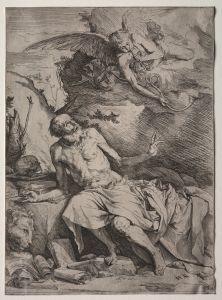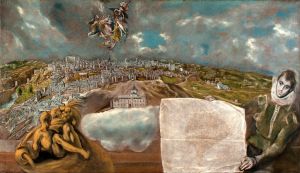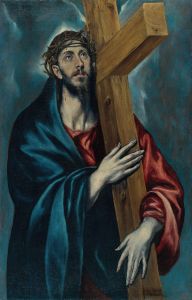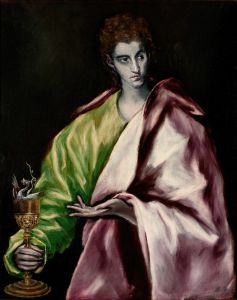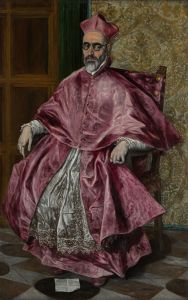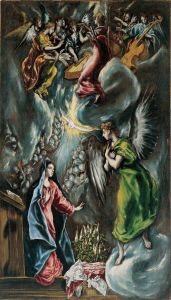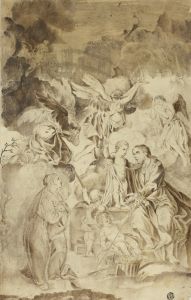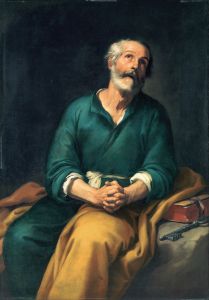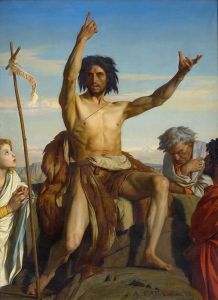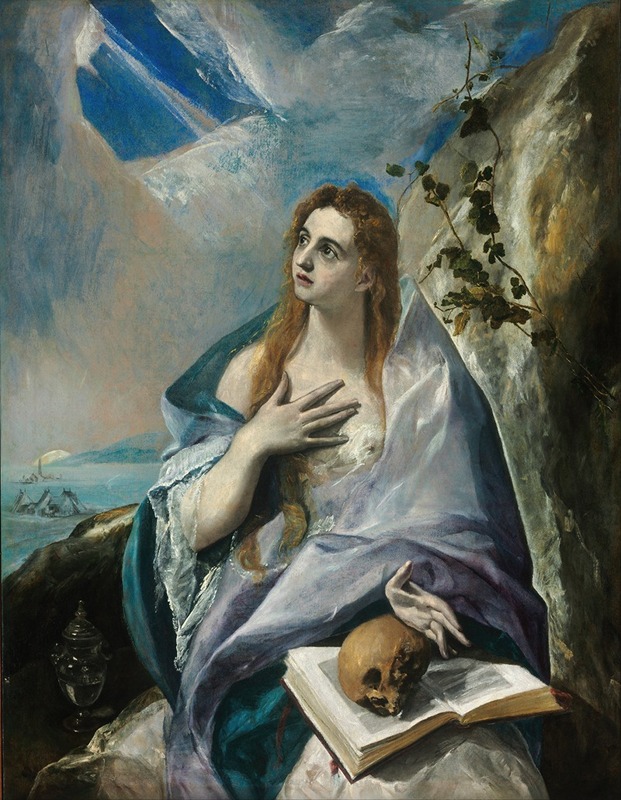
The Penitent Magdalene
A hand-painted replica of El Greco (Domenikos Theotokopoulos)’s masterpiece The Penitent Magdalene, meticulously crafted by professional artists to capture the true essence of the original. Each piece is created with museum-quality canvas and rare mineral pigments, carefully painted by experienced artists with delicate brushstrokes and rich, layered colors to perfectly recreate the texture of the original artwork. Unlike machine-printed reproductions, this hand-painted version brings the painting to life, infused with the artist’s emotions and skill in every stroke. Whether for personal collection or home decoration, it instantly elevates the artistic atmosphere of any space.
"The Penitent Magdalene" is a painting by the renowned artist El Greco, whose real name was Domenikos Theotokopoulos. El Greco was a painter of Greek origin who spent much of his career in Spain, where he became known for his distinctive style that combined elements of the Byzantine tradition with Western Renaissance and Mannerist influences. This painting is one of several works by El Greco that depict Mary Magdalene, a prominent figure in Christian tradition.
The artwork portrays Mary Magdalene in a moment of repentance and contemplation, a theme commonly associated with her in Christian iconography. She is often depicted as a symbol of penitence and redemption, reflecting her role in the Gospels as a follower of Jesus who was forgiven for her sins. In this painting, El Greco captures her spiritual transformation and emotional depth.
The composition of "The Penitent Magdalene" features the saint in a solitary setting, emphasizing her introspection. She is typically shown with long, flowing hair, which is a traditional attribute of Mary Magdalene in art. The painting also includes symbolic elements, such as a skull, which serves as a memento mori, reminding viewers of the inevitability of death and the importance of repentance. Other objects, such as a crucifix or a jar of ointment, may also appear, referencing her role in anointing Jesus.
El Greco's style is evident in the elongated forms, dramatic use of light and shadow, and expressive emotional intensity of the figure. These characteristics are hallmarks of his work and contribute to the spiritual and otherworldly quality of the painting. The artist's use of color, particularly his preference for vibrant and contrasting tones, enhances the emotional impact of the scene.
The exact date of creation for "The Penitent Magdalene" is not definitively known, but it is generally attributed to El Greco's mature period, likely between the late 16th and early 17th centuries. The painting reflects the Counter-Reformation emphasis on personal piety and the role of saints as models of faith and repentance.
Several versions of "The Penitent Magdalene" by El Greco exist, as it was a subject he revisited multiple times. The specific version referenced here may vary depending on the collection or museum in which it is housed. El Greco's works, including his depictions of Mary Magdalene, are celebrated for their spiritual intensity and innovative approach to traditional religious themes.
Further details about the provenance or specific location of this painting may vary, as El Greco's works are held in various collections worldwide.






